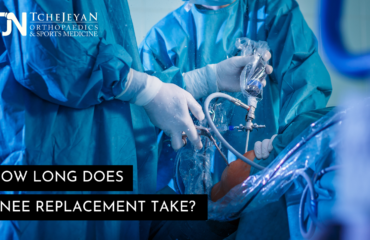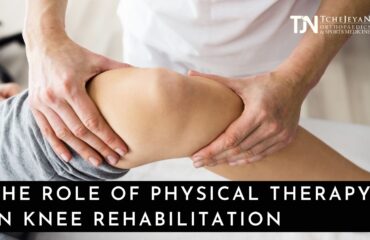The knees are the strongest joint in the entire human body. They have to support most of your body weight, and they also provide your overall mobility. This means that, when you have knee problems, it can impact your life in a significant way, not just in terms of hindering your golf or tennis game, but in doing basic, everyday activities like walking and driving.
Some knee problems are temporary or minor, and you can manage them with pain-killers and rest. But when you have a serious knee problem caused by either degeneration of tissues within the joint or by a traumatic injury, you will likely need to consider more aggressive therapies, including surgery.
What is Arthroscopic Surgery?
The good news is that, while a knee replacement surgery requires a major operation, many knee injuries can now be remedied through arthroscopic surgery–that is surgery done through minimally invasive means. In arthroscopic surgery, the surgeon makes small incisions in the knee, and uses a probe with a camera to see the interior of the knee joint. Additional probes are inserted in the knee to perform the surgery itself.
The primary benefits of arthroscopic knee surgery are that the surgery is relatively quick, and that recovery time is significantly shortened as compared to traditional surgery methods. Depending upon what you have done to your knee, some patients can get back to light activities within a few days.
Today, orthopedic surgeons will generally opt for ways to use arthroscopic surgery first, before considering traditional surgery. Not only is it better for certain types of problems in terms of overall outcome and recovery, but nearly every type of patient can tolerate this method, even those for whom open surgery might be more risky because of other health concerns. However, not every knee problem can be treated by arthroscopic surgery, and it is not an option for those who need a total knee replacement.
Conditions That Arthroscopy Can Treat
Since there are many small components in the knee, arthroscopy is actually an ideal method for addressing injuries to these components. For example, a torn meniscus is a very common knee injury that can be repaired by arthroscopic surgery. The meniscus is a u-shaped piece of cartilage in the knee that acts to absorb shock on the knee joint. Arthroscopic surgery is also useful for reconstructing or trimming damaged articular cartilage, or for removing loose pieces of bone or cartilage.
Another common injury, particularly for athletes, is a torn ACL (anterior cruciate ligament) or PCL (posterior cruciate ligament). Ligaments attach bones to one another, and ligament tears in the knee are fairly common in sports such as soccer or football where the knee is subjected to a turning or twisting motion. Torn tendons, which attach bone to muscle, are also injuries that can be addressed arthroscopically.
Many problems with the patella (kneecap) can also be operated on without open surgery. Occasionally arthroscopic surgery is also used purely for diagnosis, allowing a doctor to inspect the knee joint with a camera rather than an alternate imaging method, to discover the exact nature and extent of an injury.
Advantages of Arthroscopy
At Tchejeyan Orthopaedics and Sports Medicine, Dr. T has performed more than 10,000 surgeries over the last two decades, and many of them have been done using arthroscopy. The success of these surgeries in terms of patient outcome as well as the reduction in recovery time has made arthroscopy the preferred method of addressing knee problems when its use is appropriate.
To determine if arthroscopy is right for your knee pain, you need to consult an experienced knee specialist. Contact Tchejeyan Orthopaedics and Sports Medicine in Thousand Oaks, California, today to set up an appointment. We look forward to helping you get back on your feet.




